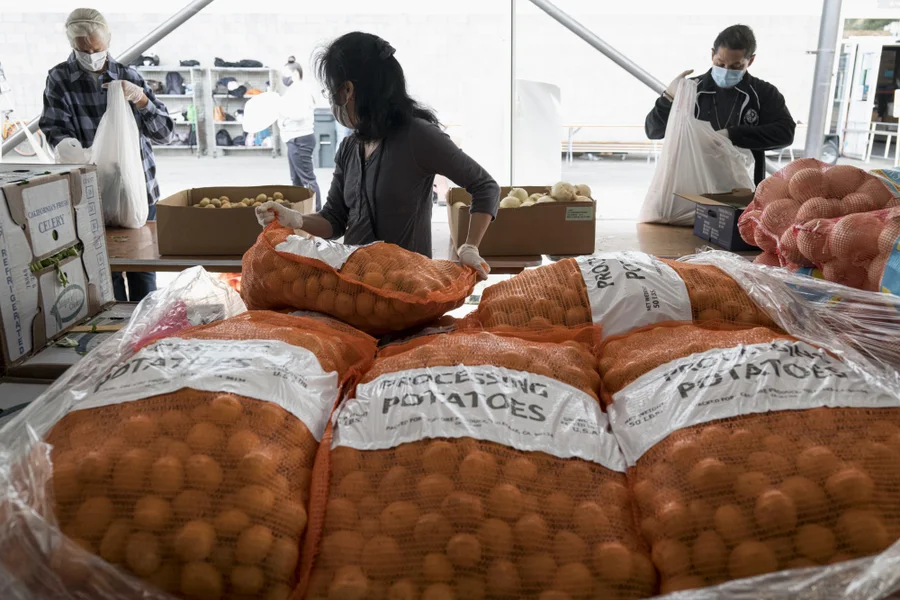Food banks across the globe are experiencing unprecedented demand. A recent report from the Global Foodbanking Network (GFN) revealed they served over 40 million people in 2023 alone. This surge mirrors the crisis during the COVID-19 pandemic. To combat this, many food banks focus on agricultural recovery, saving food from waste.

Food insecurity remains a pressing issue. This heroic effort also slashed carbon emissions by 1.8 million metric tons.
This dual approach tackles hunger and climate change. By rescuing edible food, food banks prevent it from rotting in landfills, a major methane source. This potent greenhouse gas is 80 times worse than carbon dioxide.

The scale of food waste is staggering. One-third of global food production ends up in the trash. This generates unnecessary emissions from farming, transport, and processing. Landfills amplify the problem as food decomposes into methane.
Food loss and waste contribute to 8-10% of global greenhouse gas emissions. Reducing this is crucial for climate goals. Food banks are key players. By partnering with farmers, they divert surplus food from landfills.

Fruits and vegetables now dominate food bank supplies, making up 40% of distributions. GFN believes this is just the beginning. These efforts are making a tangible difference. The 1.8 million metric tons of reduced carbon emissions is a testament to food banks’ impact.
While challenges remain, food banks are leading the charge in addressing hunger and environmental sustainability. Their work is a beacon of hope in a world grappling with food insecurity and climate change.
Reference- Gist article, Global Foodbanking Network impact report, Scientific American





